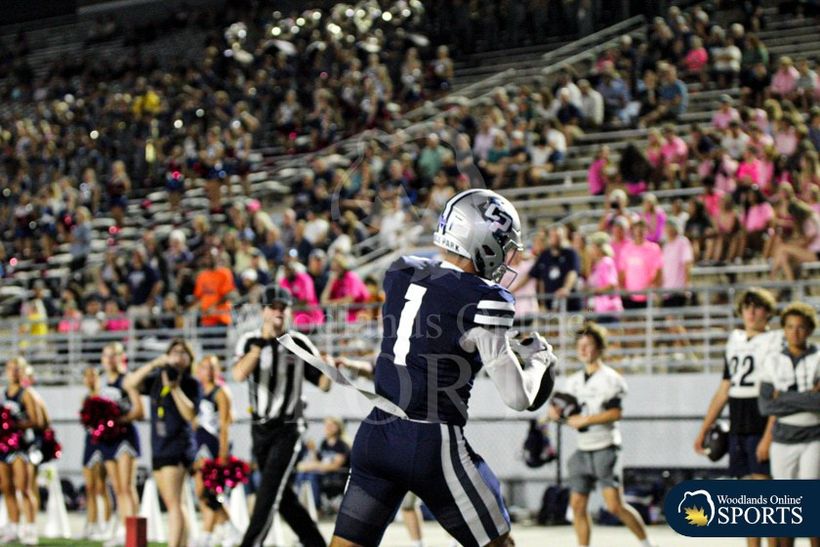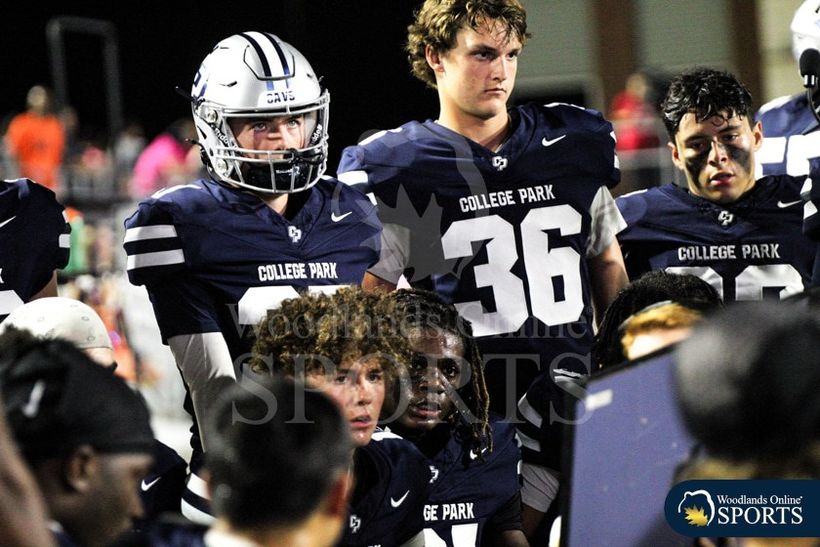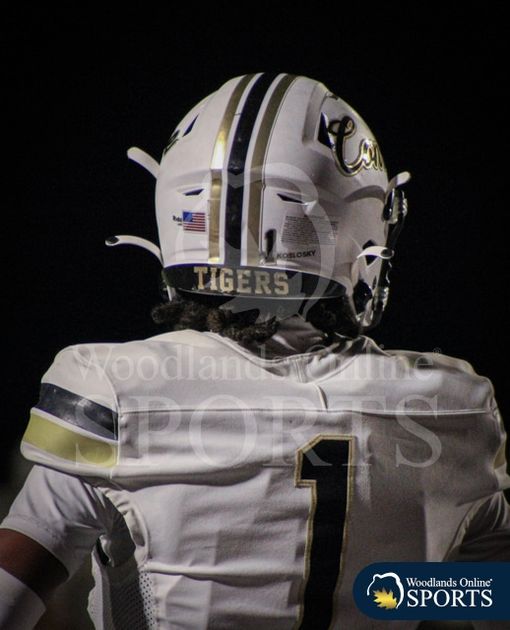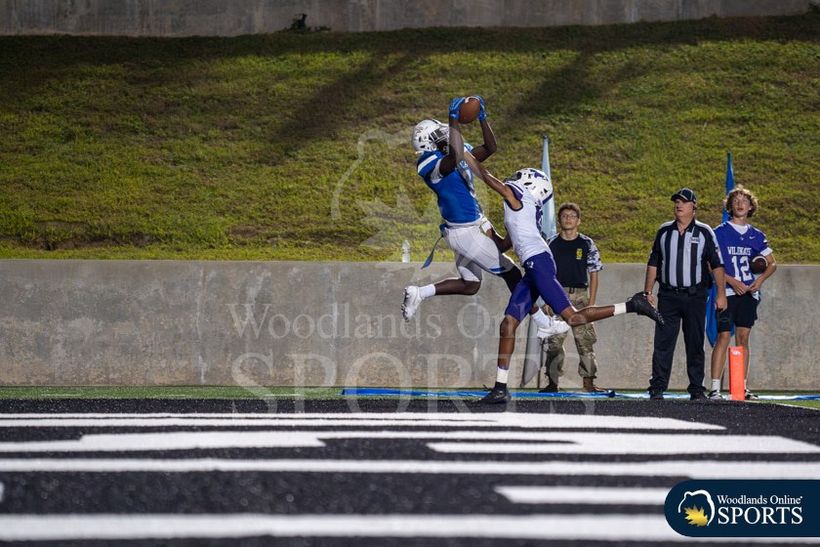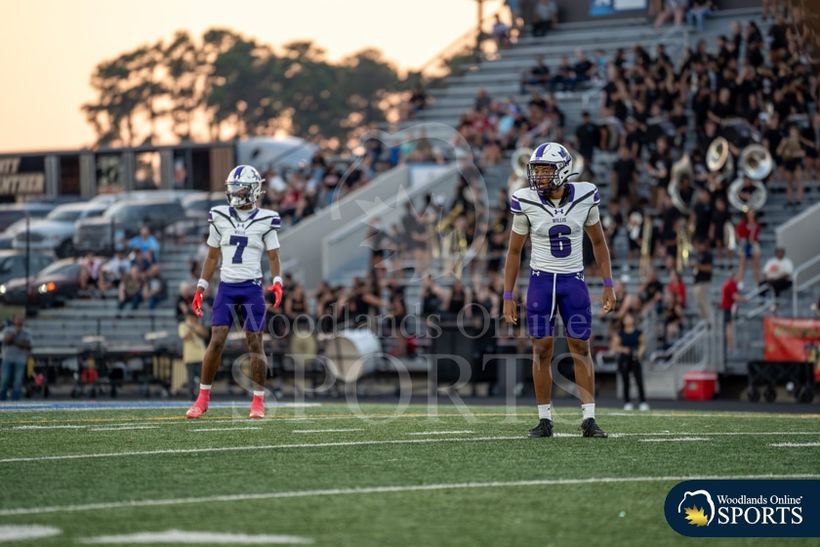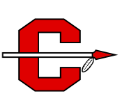Site Sponsor
Keep in touch with Woodlands Tx area sports on Woodlands Online, the official broadcaster of CISD football.
- Home Page
- All About Kids
- Apartments & Rentals
- Automotive & Cars
- Best of The Woodlands
- Between The Trees
- Blogs
- Business Directory
- Business to Business
- Car Dealers Guide
- Christmas 12 Days Contest
- Christmas Church Services
- Christmas Coloring Contest
- Christmas Giving Tree
- Christmas In The Woodlands
- Church Guide
- Classifieds
- Commercial Real Estate
- Community Services
- Contests
- Dental Guide
- Education & Schools
- Electronics & Computers
- Email Lists
- Employment Guide
- Entertainment & Arts
- Events Calendar
- Family Life
- Food & Drink
- Government
- Health & Medical
- Home Décor
- Home Improvement
- Homes For Sale
- Hotels Guide
- Industry & Research
- Insurance
- Internet & WWW
- Jobs Market
- Legal Services Guide
- Log-In - Register
- Marketplace
- Media Kit - Advertising
- Money & Finance
- Music & Nightlife
- News
- Parks Guide
- Patio Dining
- Personal Care & Beauty
- Pets
- Photo Galleries
- Podcasts
- Private School Guide
- Professional Services
- Real Estate Directory
- Religion
- Relocation Guide
- Restaurant Guide
- Shopping Guide
- Specials & Coupons
- Sports
- Sports Directory
- Travel
- Video Directory
- Visitors Guide
- Wedding Guide
- Yard & Garden
Scoreboard
- FOOTBALL
-
SatNov 2932Forney Jackra...
-
FriNov 2856DeSoto Eagles
-
SatNov 22
-
FriNov 2111
-
FriNov 2127
-
FriNov 2127
-
SatNov 150
-
FriNov 146

Weekly Fall-Out Sports Talk - 143 - High School Football Season Wrap-Up: Key Performances and Rivalries
The high school football season concludes with a focus on the Willis Wildcats and their rivalry with the DeSoto Eagles. Key players like Jermaine Bishop Jr. and DJ Lagway shine in their performances. The analysis covers game statistics, individual
-

Weekly Fall-Out Sports Talk - 142 - Texas High School Football Playoff Highlights
-

HS Football Playoffs Highlights - Willis vs Forney - 11/29/25
-

Weekly Fall-Out Sports Talk - 141 - Texas High School Football Playoffs: Wildcats vs. Cougars Showdown
-

HS Football Playoffs Highlights - Willis vs Tomball - 11/21/25
-

Weekly Fall-Out Sports Talk - 139 - UIL State Playoffs: Highlights and Key Matchups
-

HS Football Playoff Highlights - Willis vs Westfield - 11/14/25




































